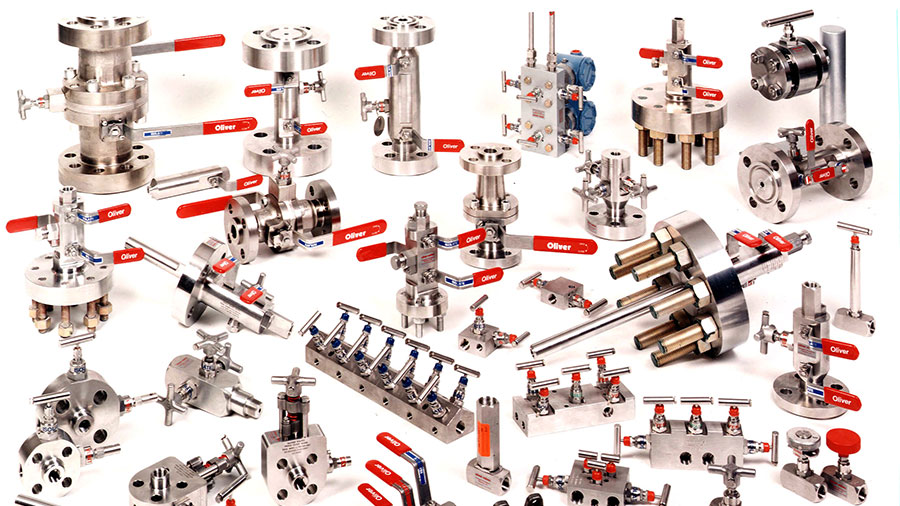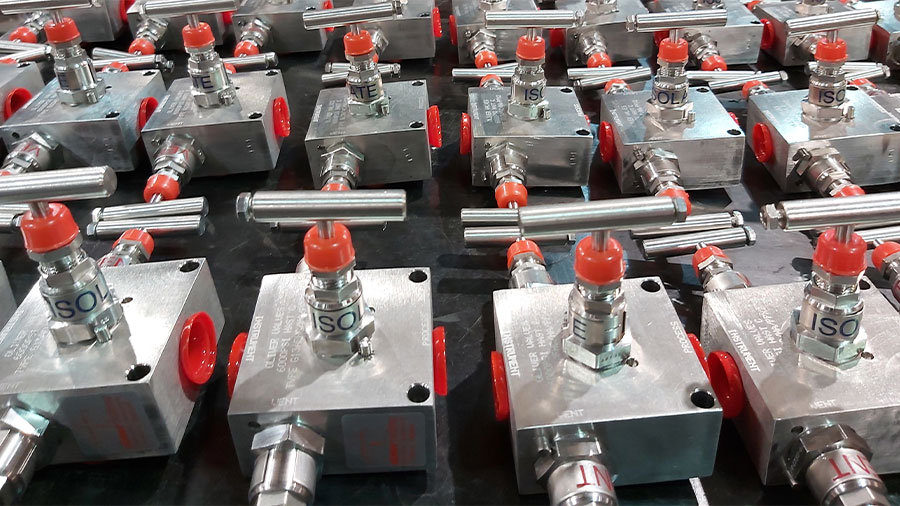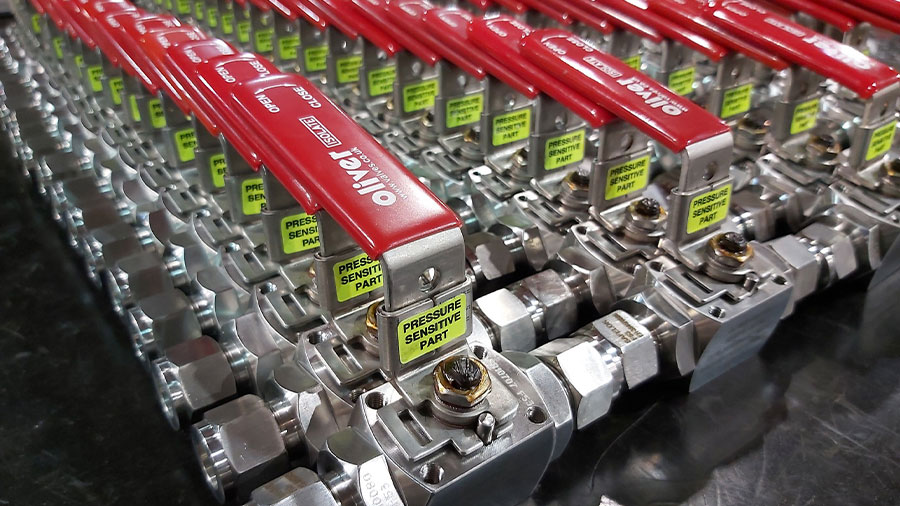
Valves are a vital part of any piping system, which means that they play a key role in the oil and gas industry. They can be used to control flow rates, isolate, protect equipment, and operate in the refining process of Oil, Gas, Hydrogen and other such media.
This makes them integral in the many different kinds of functions and applications. At Oliver Valves, we are a leading manufacturer of Valves used in the various Industries, specialising in Oil & Gas applications. Utilising our vast experience and knowledge, we can implement cutting-edge technologies to provide solutions to challenging applications. No media is beyond our expertise and we are able to supply a varying number of valves to suit liquids, gasses, viscous materials, and corrosive mediums. Our expertise lies in the production of Valves that can be used to isolate or regulate the flow according to the pressure and velocity requirements.
What Types of Valves are used in the Oil and Gas Industry?
Several different processes take place inside the oil and gas industry. Each of those processes requires different kinds of materials to be taken to and from machinery and equipment, meaning many different valves are needed for a single process to be completed.
Ball Valves
Ball valves are designed to isolate the flow of high-pressure liquids and gases with minimal pressure drop. They are quick to open and close and have a tight seal with low torque, with ease of operation, repair, and versatility lend the ability to be used in various locations.
Needle Valves
Needle Valves are again designed to isolate and regulate the flow of various medias and pressures from an instrument. They utilise Oliver’s unique non-rotating tip and valve seat, providing the end-user with a positive, guaranteed shut-off.
Manifold Valves
Manifolds, being similar to Needle Valves, again utilise Oliver’s unique non-rotating tip and valve seat. Ultimately allowing the customer to isolate and vent a cavity for safe removal of the instrument, typically for calibration.
Double Block & Bleed Valves
Double Block & Bleed Valves integrate three valves into one block allowing the customer to securely isolate the flow with two independent obturators, whilst being able to safely control the pressurised vent. These valves are widely used in a number of applications including flow Isolation, Vent Valves, Chemical Injection and Sampling.
What are the Applications of Valves in the Oil and Gas Industry?
Oil and gas exploration and operations have become more complex over the ages. As explorers need to dig deeper to extract crude oil and natural gas, they have to face extremely high temperatures (greater than 1,500F or 816 C) and high pressures (greater than 25,000 PSIG) and extremely low temperatures like cryogenic (-150 F or -101 C). Since exploration and production operations usually have to work in extreme conditions, the valves used in this stage need to be strong, durable, non-corrosive, and fully leak-proof. These conditions mean that the valves needed for these piping systems have to be durable, strong, resilient, and most of all, reliable. For example, they should handle the low temperatures and high-pressure flow of materials while protecting both the machinery and the medium flowing inside from any contamination.
If you would like more information about the types of Valves we supply in the Oil and Gas Industry, please contact Oliver Valves today.

